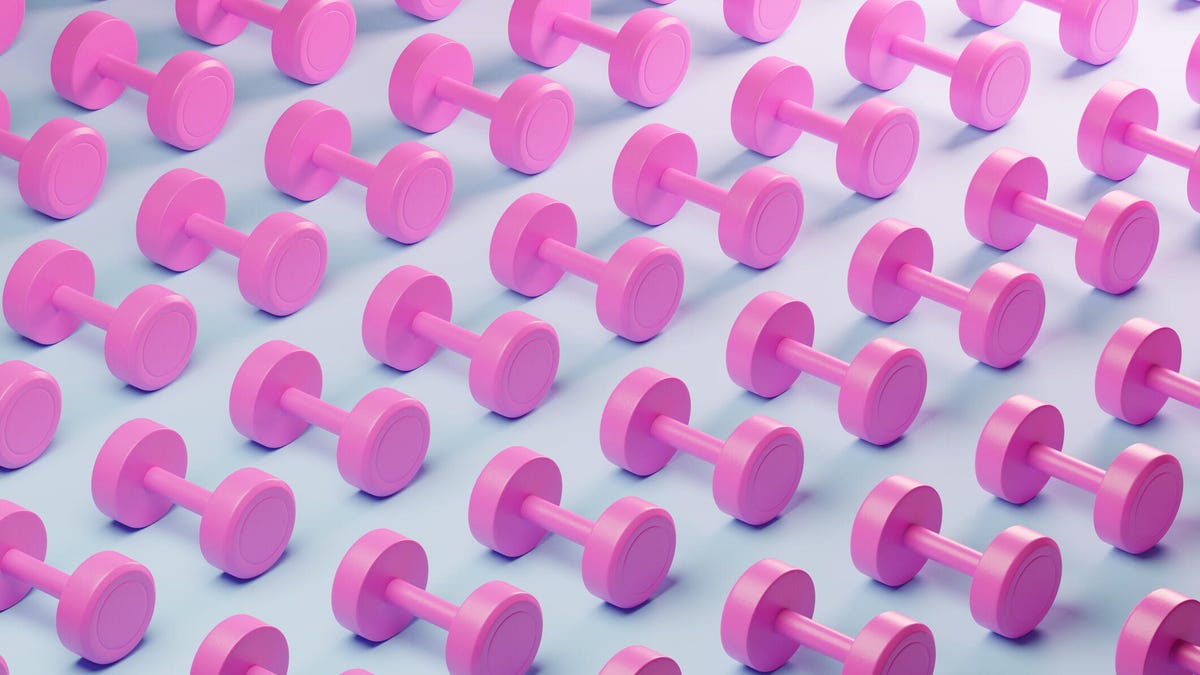AI as a Personal Trainer: Merging Digital Guidance with Human Coaching

Key Points
- InBody scan reveals 37.9% body fat; trainer targets 25‑27% for improved health.
- Trainer advises 1‑2% monthly body‑fat reduction, projecting a 12‑month goal.
- AI offers macro recommendations, snack ideas, and carb‑fat adjustments.
- Author adopts an 80/20 focus: 80% diet, 20% training, with specific weekly routines.
- AI supplements but does not replace weekly personal‑trainer sessions.
- Monthly scans planned to monitor progress toward fertility and fitness targets.
A fitness enthusiast uses a gym’s InBody scan to assess body composition and sets a goal of increasing muscle mass to lower body fat. The individual pairs a personal trainer’s plan with AI prompts to receive nutrition and workout suggestions, including macro adjustments, snack ideas, and a balanced 80/20 focus on diet versus training. AI offers real‑time answers, while the trainer provides hands‑on supervision and verification. The combined approach aims to improve health metrics, support fertility preparation, and maintain motivation over a twelve‑month timeline.
The Starting Point: Body Scan and Goals
The author begins with an InBody scan at the local gym, discovering a body fat percentage of 37.9%. The personal trainer recommends a target range of 25‑27% based on gender, height, and age, emphasizing the need to build muscle rather than focus solely on weight loss. The trainer suggests a realistic reduction of 1 to 2% body fat per month, projecting a twelve‑to‑twenty‑four month period to reach the goal, with a personal aim of twelve months.
AI’s Role in Nutrition and Training
Seeking additional guidance, the author uploads the body scan results to an AI chatbot and asks it to act as a personal trainer and nutritionist. The AI proposes macro ratios for fat loss, muscle gain, and fertility preparation, recommending higher carbs on training days and higher fat on rest days. It also suggests specific snack options—hard‑boiled eggs, almonds, smoked salmon, or lemon water—to offset a cortisol spike from early‑morning coffee.
Beyond nutrition, the AI generates a strength‑training outline that complements the trainer’s plan. The author adopts an 80/20 rule, dedicating 80% of effort to diet and 20% to exercise, and sets a schedule of three weekly gym sessions, daily steps of at least 7,000, bi‑weekly yoga, and regular sauna visits.
Integrating AI with a Human Trainer
The author maintains weekly sessions with the personal trainer, who creates a customized workout plan. AI serves as a supplemental resource, providing instant answers and alternative ideas that the author later confirms with the trainer. This dual‑approach ensures that AI does not replace professional expertise but rather enhances it, offering granular feedback while the trainer validates safety and suitability.
Outcomes and Takeaways
Over the course of the program, the author plans monthly body scans to track progress, aiming to become pregnant within three months after achieving fitness goals. The experience demonstrates that AI can boost confidence, fill knowledge gaps, and keep motivation high, especially when combined with consistent human coaching. The author concludes that while AI will never replace the hard work and professional judgment required for health changes, it provides valuable support that complements traditional training methods.